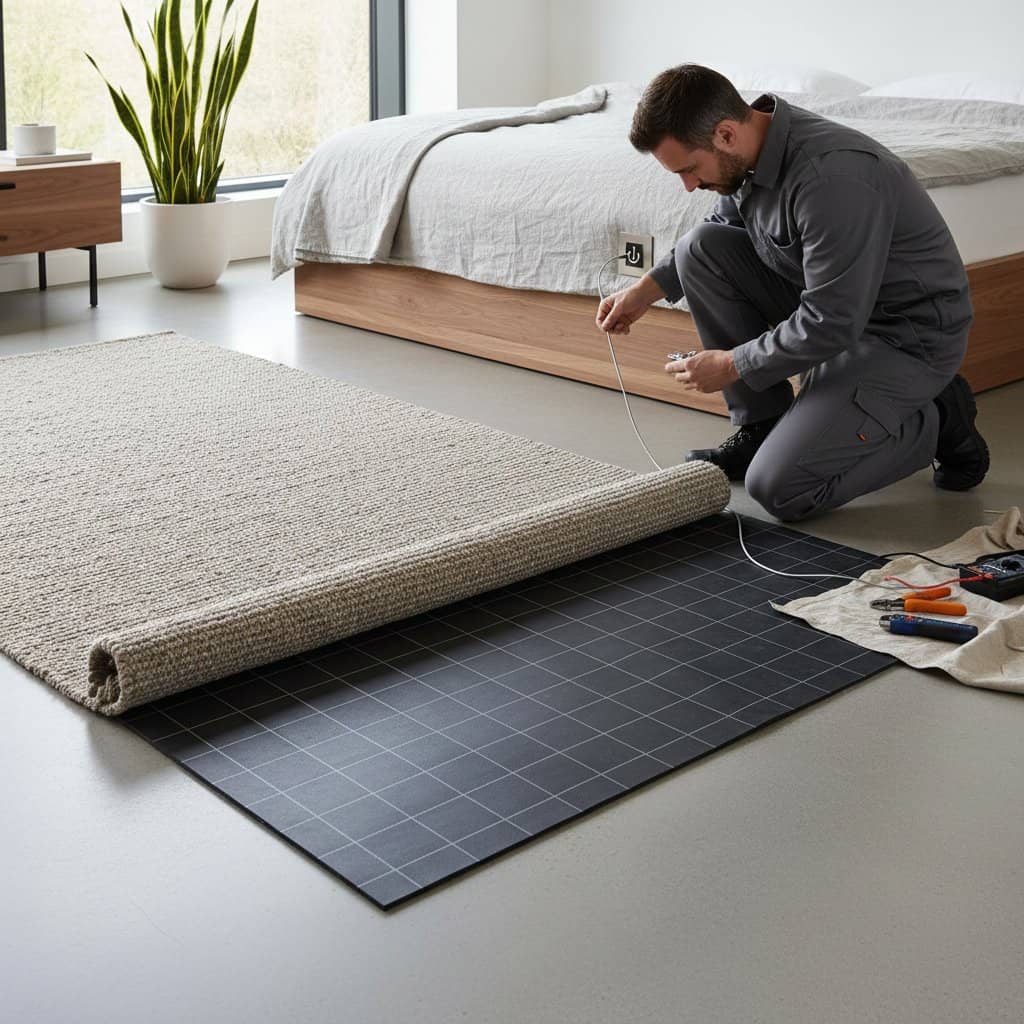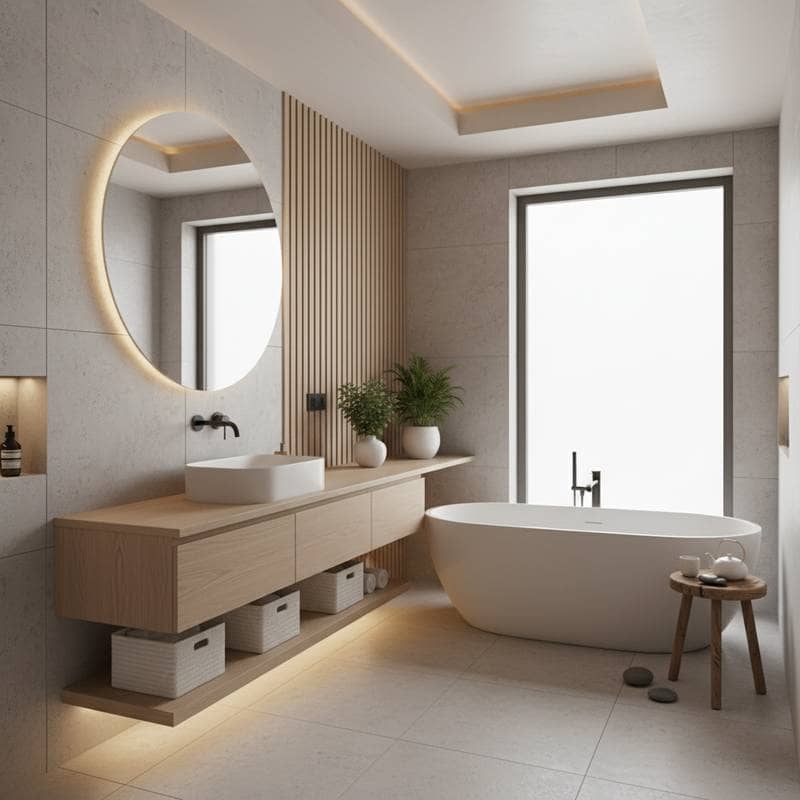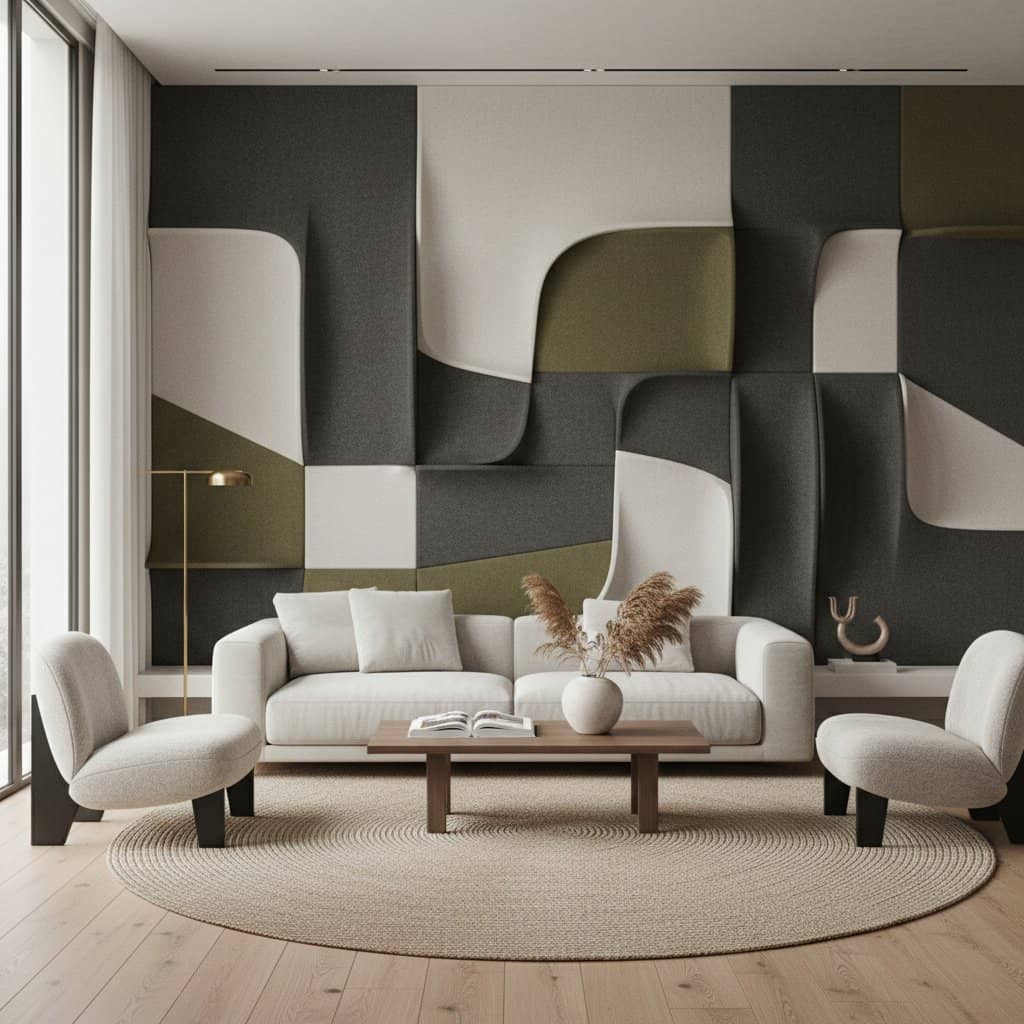Acoustic Panels: Where Style Enhances Noise Control
A serene home environment transforms daily experiences. Conversations flow gently, footsteps blend into the background, and routine activities maintain a subtle rhythm. However, numerous contemporary interiors amplify sound through hard surfaces, high ceilings, and expansive layouts. If echoes disrupt your living room gatherings or home office productivity, acoustic panels offer an effective solution. These elements harmonize audio environments while contributing aesthetic appeal to interior walls.
The Importance of Acoustic Balance
Excessive noise influences emotional well-being within living spaces. Persistent echoes or ambient sounds hinder focus and diminish relaxation. Spaces designed to absorb rather than reflect audio waves foster equilibrium. Acoustic panels mitigate harsh reverberations, rendering rooms more stable and inviting. This approach yields a nuanced quietude that bolsters mental clarity and emotional composure.
Excessive reverberation stems from reflective materials like tile floors, glass windows, and bare walls. In such settings, sound waves travel freely, creating fatigue over time. Panels constructed from porous cores, such as fiberglass or foam, trap these waves effectively. Studies in architectural acoustics indicate that even modest coverage—covering 20 to 30 percent of wall surfaces—can reduce echo by up to 50 percent, leading to measurable improvements in occupant satisfaction.
Integrating Design and Functionality
Traditional acoustic treatments often prioritized utility over appearance, resulting in uninspired installations. Contemporary selections elevate this paradigm. Options include panels encased in premium woven fabrics, molded into intricate geometric configurations, or customized with faint motifs. Certain designs mimic gallery artwork, seamlessly integrating into sophisticated interiors.
Select hues that complement prevailing color schemes. Neutral shades integrate effortlessly in sparse, contemporary arrangements, whereas rich pigments or embossed textiles infuse coziness into sleek environments. Arrange panels in symmetrical arrays or cluster them above furniture groupings to generate visual dynamism alongside acoustic benefits. For instance, a grid of hexagonal tiles in soft gray can accentuate a neutral-toned den, drawing the eye while dampening audio reflections.
Materials vary to suit diverse preferences. Fabric-wrapped panels provide a soft, upholstered look ideal for residential use, while wood-veneered versions add a natural warmth to studies or libraries. Consider the noise reduction coefficient (NRC), a standard metric ranging from 0 to 1, where higher values indicate superior absorption. Panels with an NRC above 0.80 excel in high-echo areas like open-plan kitchens.
Practical Applications in Key Areas
Implement acoustic panels strategically, beginning with zones of pronounced resonance. Target surfaces where sound originates or reflects most intensely. The following suggestions address common household challenges:
-
Living Areas: Install panels behind primary seating or facing entertainment systems to curb abrupt audio rebounds. This setup softens television dialogue and music playback, promoting immersive yet comfortable viewing.
-
Workspaces: Position panels adjacent to desks or monitors to attenuate reflections during virtual meetings. Such placement minimizes distractions from keyboard clatter or voice echoes, enhancing professional communication.
-
Sleeping Quarters: Mount panels opposite the headboard to buffer external disturbances. This configuration envelops the bed in subdued acoustics, facilitating deeper sleep cycles.
-
Transitional Spaces: In elongated passages, apply narrow panels to contain footfall and vocal carry. Vertical strips along corners prevent sound from propagating to adjacent rooms.
-
Entertainment Zones: Employ a combination of wall and overhead panels for comprehensive coverage. This arrangement refines audio fidelity in home theaters, reducing muddiness and clarifying details in films or tracks.
For larger rooms, calculate coverage needs based on square footage. A general rule suggests treating one-quarter of the total surface area for moderate control. Experiment with temporary placements using command hooks to assess impact before permanent fixes.
Installation Basics and Maintenance
Acoustic panels typically feature lightweight builds for straightforward setup. Secure them using double-sided adhesive hooks, tension rods, or discreet mounting hardware, allowing flexibility for adjustments. Renters benefit from non-invasive methods that preserve wall integrity. Professional installation remains an option for expansive or ceiling applications, ensuring stability and precision.
Preserve appearance through routine upkeep. Wipe surfaces with a soft, dry cloth to remove dust accumulation. Fabric models accommodate mild detergent solutions for localized stains, while rigid types require only compressed air for cleaning. Avoid excessive moisture to maintain core integrity and longevity, which often spans 10 to 15 years with proper care.
Building a Balanced Audio Environment
View acoustic panels as extensions of your interior's sensory layers. Paired with area rugs, layered drapery, and plush furnishings, they collectively tame sonic excess while enriching visual and tactile elements. This holistic strategy cultivates environments conducive to mindfulness and repose. Initiate with a single feature wall, observe the auditory shifts, and refine as needed to align with personal rhythms.
Experiencing Enhanced Home Harmony
As audio dynamics stabilize, subtle transformations emerge in daily interactions. Voices adopt a measured tone, and ambient pressures ease, fostering greater ease. This evolution underscores the value of intentional acoustic design. Incorporate panels into upcoming renovations or refreshes, whether through isolated accents or comprehensive treatments, to cultivate spaces that resonate with peace and purpose.



